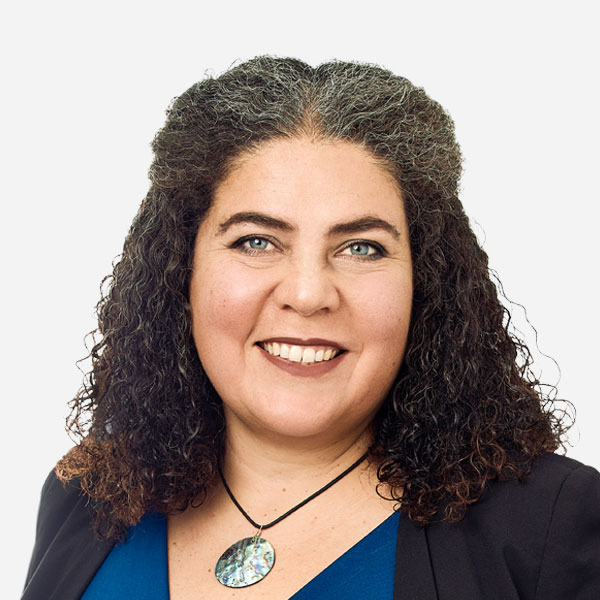Where we live – a very precious resource
Maybe you caught reports before the holidays about the United Nations COP15* in Montreal, which finished on 19th December. The 195 member nations agreed to protect and restore at least 30% of Earth’s land and water by 2030.
But this isn’t some distant bureaucratic decision that doesn’t affect us. It’s important to all of us: protecting biodiversity means ensuring clean water, fresh air, and healthy soils – among other things – all essential to sustain humans through farming and other services. Globally, habitat loss and elimination of animals and microbes that maintain these natural systems is being eroded – even here in our Foothills. In the last 30 years, for instance, water quality degradation in the Elbow River has been clearly measured.
Last summer the deaths of mama bears due to human activity in the Bragg Creek/ Redwood Meadows area leaving 5 orphan cubs upset many local residents. We had discussions with a number of well-known biologists and bear experts looking at how we can limit future wildlife human conflict. And some of these discussions led to a surprising revelation:
We heard that wildlife experts consider our area to be at a unique juncture in its development history. We have a surprisingly intact functioning ecosystem here, considering we live so close to 1,500,000+ people in the greater Calgary area. In fact, Dr Brad Stelfox maintains that the only area in the world with more wildlife diversity near such a large human population is Nairobi National Park in Kenya, near the 4.4 million people of Nairobi city.**
This is exciting news, meaning we can choose a future where we protect and sustain our wildlife and the habitat/ movement corridors they need …or follow the path of Canmore, Fernie, Cochrane, Golden and Revelstoke with the resulting loss of wildlife, habitat, and local environment they’ve incurred.
Identifying critical habitat is a good first step. Habitat is the landscape wildlife (and plants) need to survive, providing food, water, cover, mating and birthing opportunities. Often animals need to move from place to place to meet those needs, so the pathways wildlife use to move between them are equally important. Moose prefer willow-rich wetlands, deer prefer aspen parkland, and bear frequent the edges of spruce and pine forest etc. A fully functioning Foothills ecosystem includes the varied landscapes surrounding us here, and the wild creatures that have adapted to it. This is all critical to sustaining the moose, deer, cougar, bears, coyotes and fox that live here with us.
BCW’s mapping work aims to support our vision of a future that works to preserve all this. We love Bragg Creek because we know it’s special – and it turns out it’s even more special than we thought! Careful planning can take account of what we’ve been told by scientists both local and international, so that we’re not the last generation to see grizzlies, cougars and moose in our area, and to drink from a pure Elbow River and its tributaries. That would be very sad indeed.
A fuller version of this report by Dave Klepacki is available in our Winter 2023 newsletter.
We’re very grateful for all reports of sightings (both live and deceased) of wildlife. Please continue to contribute to this important project. Thank you!
* The United Nations Montreal 15th Convention of Parties on Biodiversity
** Dr Brad Stelfox (UofA Adjunct Professor) Pers Comm 2022
Bragg Creek Wild sighting report form


























